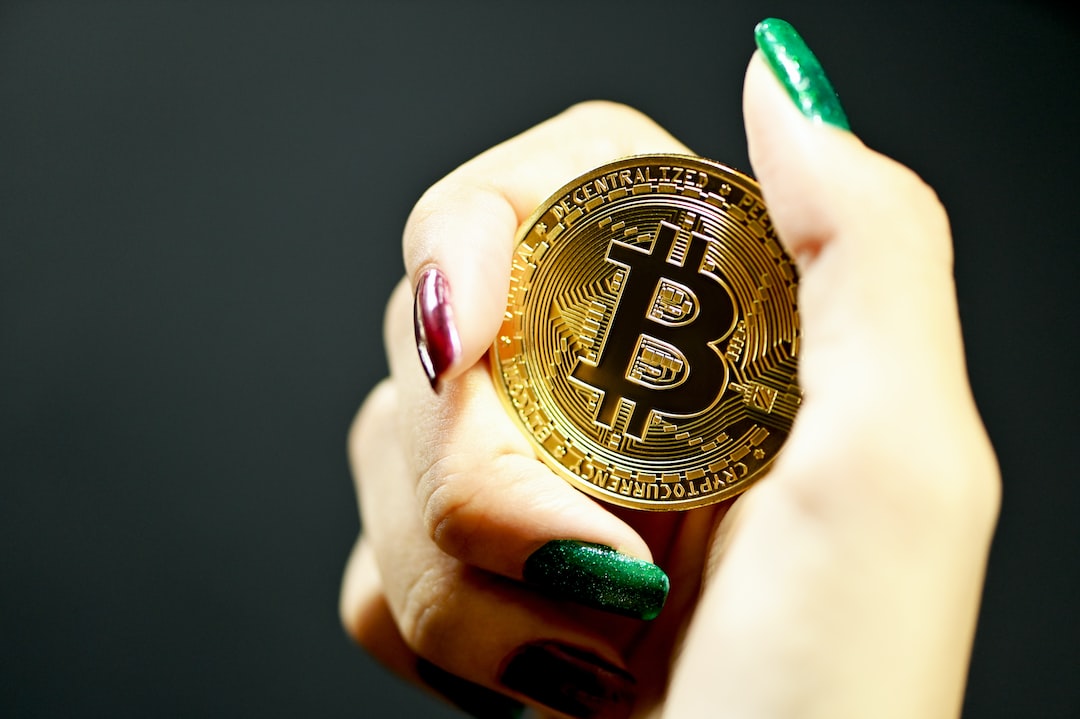The Evolution of Metal Coins from Ancient to Modern Times
From ancient civilizations to the modern world, metal coins have played a significant role in shaping economies and trade. The evolution of metal coins is a fascinating journey that has seen various materials, designs, and purposes. In this article, we will explore the history of metal coins, their significance, and how they have evolved over time.
Ancient Civilizations: The Birth of Metal Coins
When you think of metal coins, you might picture the iconic image of ancient Roman or Greek coins. However, the use of metal coins dates back even further. In ancient Mesopotamia and Egypt, people used metals such as gold and silver to create early forms of currency. These early coins were often irregular in shape and had various markings to indicate their value.
The concept of standardized coinage emerged in ancient Greece around 600 BCE. The Lydians are credited with creating the first official coinage system, which consisted of electrum, a naturally occurring alloy of gold and silver. This marked the beginning of a new era in trade and commerce.
The Middle Ages: The Rise of Minting
During the Middle Ages, European countries began minting their own coins with unique designs and denominations. The use of precious metals such as gold and silver continued to be prevalent, but copper and other base metals also became popular for creating lower denomination coins.
Minting became an important function of governments, as it allowed them to control the production and distribution of currency. This period also saw the introduction of coinage standards and regulations to ensure the authenticity and quality of coins.
The Renaissance: Innovation in Coin Design
The Renaissance period brought about significant advancements in art and culture, which also influenced the design of metal coins. Intricate designs featuring portraits of rulers, allegorical figures, and elaborate patterns became common during this time.
The use of milled edges and more advanced minting techniques also improved the security and durability of coins. These innovations made it more difficult for counterfeiters to replicate coins, ensuring their integrity in trade and commerce.
The Industrial Revolution: The Shift to Modern Currency
The Industrial Revolution brought about major changes in manufacturing and technology, including advancements in coin production. With the introduction of steam-powered machinery and new materials such as nickel and copper alloys, mass production of coins became more efficient.
This period also saw the standardization of currency systems across different countries, leading to the development of international exchange rates and trade agreements. As a result, metal coins became an integral part of global economies.
Modern Times: The Digital Revolution
In recent decades, digital technologies have revolutionized the way we conduct financial transactions. Cryptocurrencies such as Bitcoin have emerged as a new form of digital currency that operates independently from traditional banking systems.
While not physically made from metal like traditional coins, cryptocurrencies are often referred to as “digital coins” due to their decentralized nature. They rely on blockchain technology to secure transactions and maintain transparency in a digital environment.
The Significance of Metal Coins
Metal coins have played a crucial role in shaping economies, facilitating trade, and representing cultural values throughout history. Their significance goes beyond their monetary value; they often serve as artifacts that reflect the artistic, political, and historical context of their time.
- Economic Stability: Metal coins provide stability in economic systems by serving as a widely accepted medium of exchange.
- Cultural Representation: Coin designs often feature symbols or images that represent a country’s cultural heritage or historical figures.
- Historical Documentation: Coins can provide valuable insights into past civilizations through their inscriptions, imagery, and metallurgical composition.
- Trade Facilitation: The use of standardized coinage has facilitated trade by providing a universally recognized form of payment for goods and services.
The Evolution: From Physical to Digital Currency
The evolution from physical metal coins to digital currencies represents a significant shift in how we perceive and utilize money. While traditional metal coins continue to hold value both monetarily and historically, digital currencies offer new opportunities for financial innovation and accessibility.
- Accessibility: Digital currencies provide access to financial services for individuals who may not have access to traditional banking systems.
- Security: Blockchain technology offers enhanced security features that protect against fraud and unauthorized transactions.
- Global Reach: Digital currencies enable cross-border transactions without the need for intermediaries or currency conversion fees.
- Fintech Innovation: The rise of digital currencies has spurred innovation in financial technology (fintech) companies that are exploring new ways to leverage blockchain technology for various applications.
Frequently Asked Questions (FAQs)
Are metal coins still used today?
Metal coins continue to be used as legal tender in many countries around the world. While digital payments are becoming increasingly popular, physical currency remains an essential part of everyday transactions.
What is the future of metal coins?
The future role of metal coins may continue to evolve alongside digital currencies. While there is a growing emphasis on digital payments, physical currency is likely to remain relevant for certain transactions.
How do cryptocurrencies differ from traditional metal coins?
Cryptocurrencies operate on decentralized networks using blockchain technology, whereas traditional metal coins are issued by governments or central banks.
In conclusion
Metal
From ancient civilizations
Metal
The Renaissance
The Industrial Revolution
Modern Times





 By
By
 By
By
 By
By
 By
By
 By
By
 By
By